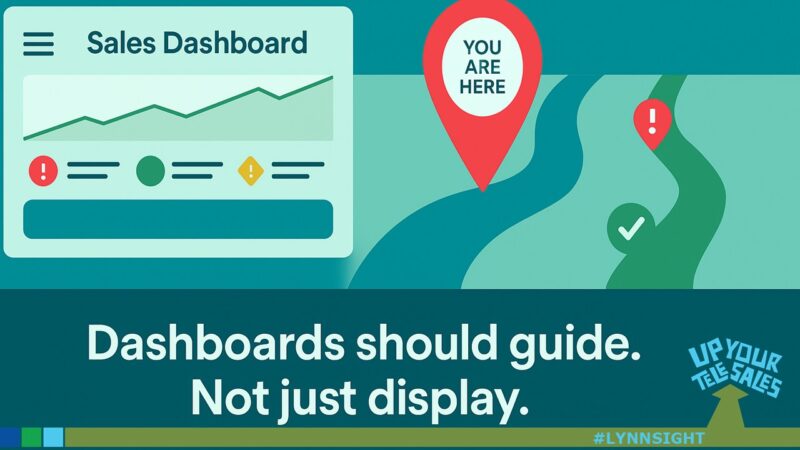Dashboards aren’t for decoration.
They’re not there to impress the CRO.
They’re not there to prove how many KPIs you can track.
Dashboards are for leadership decisions.
The right one helps you lead better in real time. It needs to quickly tell you:
- Where are we winning?
- Where are we stalling?
- Who needs help?
- What activities are moving the needle?
If your dashboard can’t answer those questions clearly, it’s not guiding your team. It’s distracting everyone away from what’s important.
📍 Dashboards are like GPS
Only useful if they show you where you are and help you course-correct before you’re lost or stuck in traffic.
Let’s walk through how to get yours there.
This isn’t about scrapping everything and starting over (or maybe it is). Start by pulling your team together and mapping what they’re looking at + what you need to see as a leader.
🧠 Step 1: How Your Team Thinks
Before you touch a single chart, start with your people.
Book time with your reps both individually and as a group:
- “What do you check first thing every day?”
- “What numbers do you trust to tell you if you’re on track?”
- “What metrics feel totally disconnected from your actual selling?”
You’ll be surprised how often the wrong KPIs are the most visible and the ones that actually help reps sell are buried three clicks deep (or not shown at all).
Write down what they say. Use their words. You’re not trying to fix the dashboard problem, you’re seeing where the team is starting from.
⚙️ Step 2: What You Need to Happen
Now, switch hats. Step back into your sales leader role and ask:
- “What do I need to know to lead this team?”
- “What do I want to be coaching this week?”
- “What’s the difference between top performers and everyone else?”
You’re looking for leading indicators that show both momentum and any red flags (before deals or behaviors fall apart).
These might include:
- Talk-to-connect ratio (real engagement)
- Average time between touches (follow-up rhythm)
- Pipeline velocity by stage (where deals stall)
- Contact-to-conversion by persona (targeting effectiveness)
Think about ‘next best action’ alongside ‘total result’ that way you’re always coaching what drives outcomes.
🧭 Step 3: Map Thinking to Action
Here’s where the magic happens.
Put your team’s answers next to your leadership goals and look for the overlap:
| Reps Care About | Leaders Need To See | Dashboard Should Show |
| “Am I on pace this week?” | Consistent activity rhythm | Visuals that show touch gaps |
| “Who’s engaging?” | Conversion by outreach type | Talk-to-connect in real time |
| “How’s my pipeline flowing?” | Bottlenecks by stage | Deal movement vs. aging deals |
Build (or update) your dashboard to connect their day-to-day with your coaching goals. Stop showing metrics that exist just to exist.
🧹 Step 4: Clean House
Now, time to cut.
Pull up your current dashboard and ask:
- Does this help a rep take action today?
- Can I coach to this metric right now?
- If I removed it, would anyone miss it?
If the answer is “ehh… not really?” → delete it.
Or at least move it off the main screen.
Dashboards should clarify, not clutter.
🗣️ Step 5: Bring It to the Team
Once you’ve made changes, don’t just roll it out, talk it out!
Bring the team together and walk through:
- What changed and why
- What each section of the dashboard is for
- What you expect them to look at and what you’ll coach from
Then open the floor:
“What’s missing? What’s still hard to see?”
This is where buy-in starts and better decisions follow.
✅You Can Totally Do This
This isn’t about being a data scientist. It’s about being a great sales leader.
You know your team. You know what success looks like.
You don’t need a prettier dashboard—you need one that works.
And you don’t have to do it alone. Your reps have a lot of the answers.
All you need to do is ask, listen, and rebuild together.
So go on, pull your team together and rethink the dashboard.

